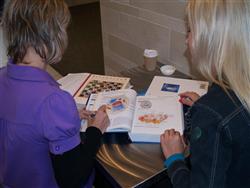
Want to work as a Lecturer or Instructor?
This course develops the "people skills" side of training. It shows you how to handle students more effectively; how to enthuse them and keep them committed to their studies; and how to diffuse problems that might undermine their ability to effectively learn.